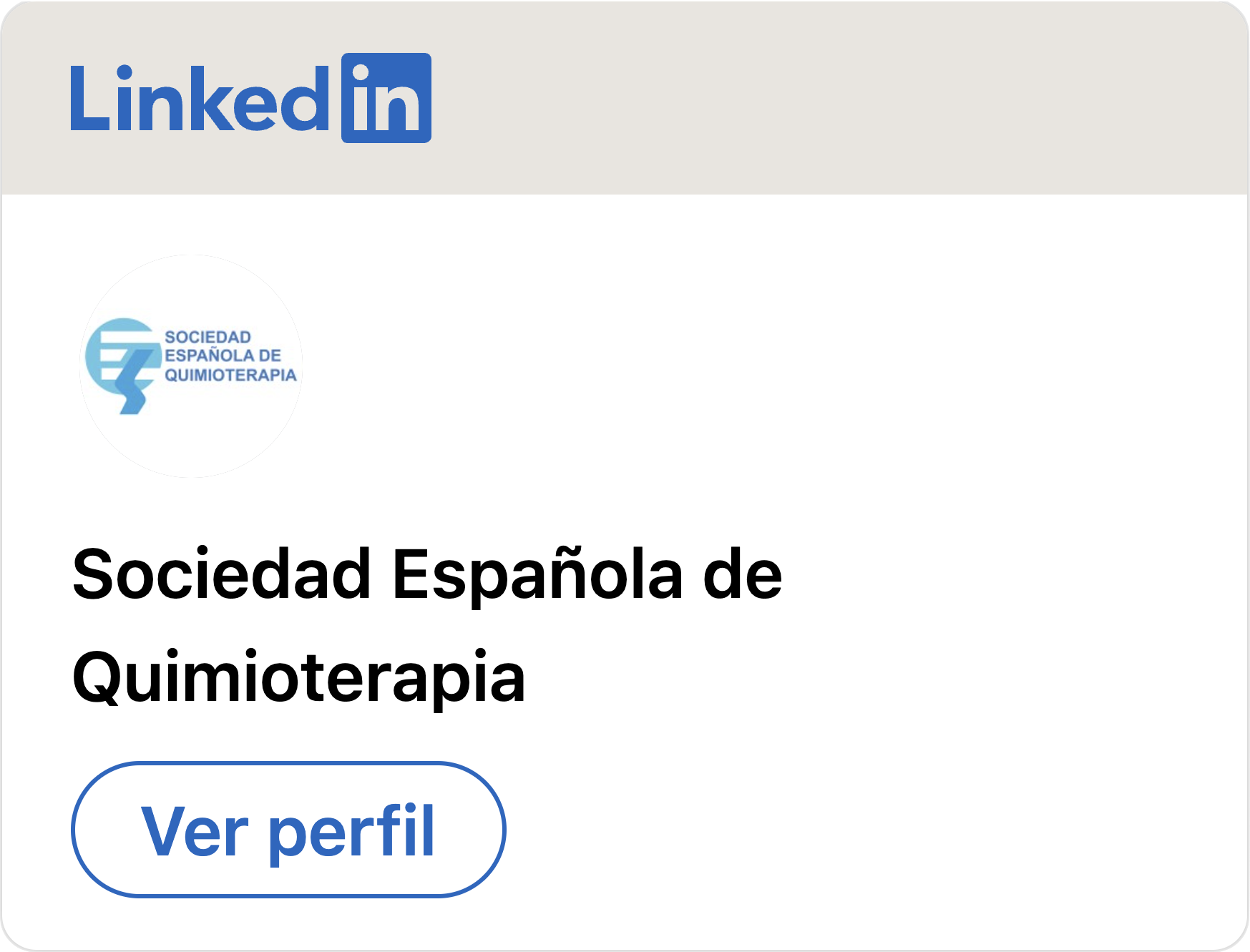Rev Esp Quimioter 2017, Mar 29
A rapid validated UV-HPLC method for the simultaneous determination of the antiretroviral compounds darunavir and raltegravir in their dosage form
GABRIEL ESTAN-CEREZO, ANA GARCÍA-MONSALVE, LETICIA SORIANO-IRIGARAY, FRANCISCO JOSÉ RODRÍGUEZ-LUCENA, ANDRÉS NAVARRO-RUIZ
Introduction. A rapid, simple and sensitive high-performance liquid chromatography (HPLC) method with ultraviolet detection has been developed for quantification of darunavir and raltegravir in their pharmaceutical dosage form.
Material and methods. The assay enables the measurement of both drugs with a linear calibration curve (R2= 0.999) over the concentration range 5–100 mg/L. The determination was performed on an analytical Tracer Excel 120 ODSB (15×0.4.6 cm) column at 35ºC. The selected wavelength was 254 nm. The mobile phase was a mixture of 0.037 M sodium dihydrogen phosphate buffer, acetonitrile and methanol (40:50:10, v/v/v) at a flow rate of 2.0 mL/min Nevirapine (50 mg/L) was used as internal standard.
Results. Accuracy, intra-day repeatability (n = 5), and inter-day precision (n = 3) were found to be satisfactory, being the accuracy from -4.33 to 3.88% and precisions were intra-day and inter-day, 0.25% and 4.42% respectively in case of darunavir. Raltegravir intra-day and inter-day precisions lower of 1.01 and 2.36%, respectively and accuracy values bet from -4.02 to 1.06%.
Conclusions. Determination of the darunavir and raltegravir in their dosage form was done with a maximum deviation of 4%. This analytical method is rapid, easily implantable and offers good results..
Rev Esp Quimioter 2017; Mar 29 [pdf]

